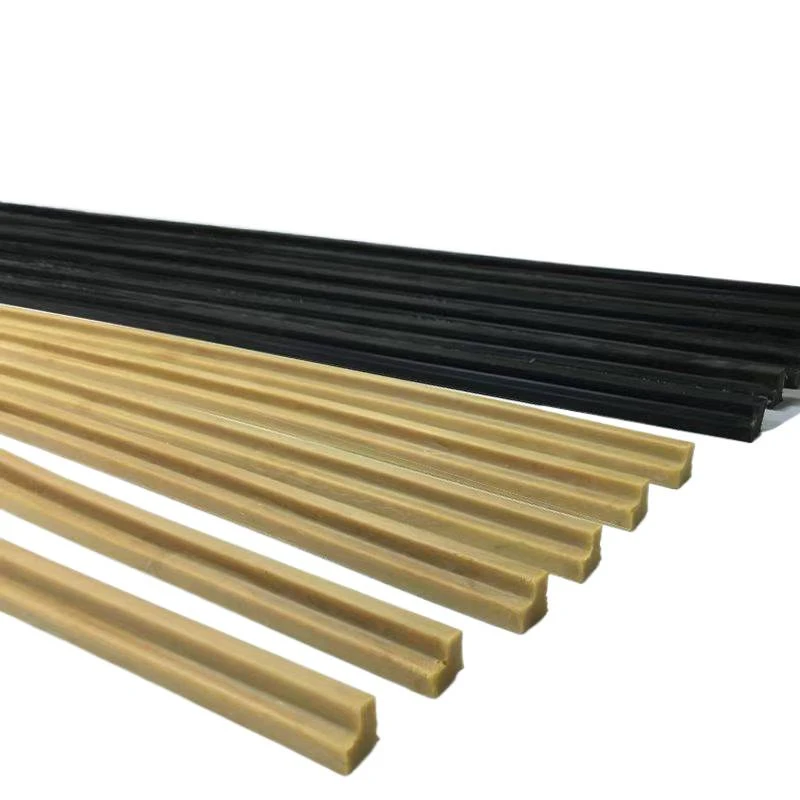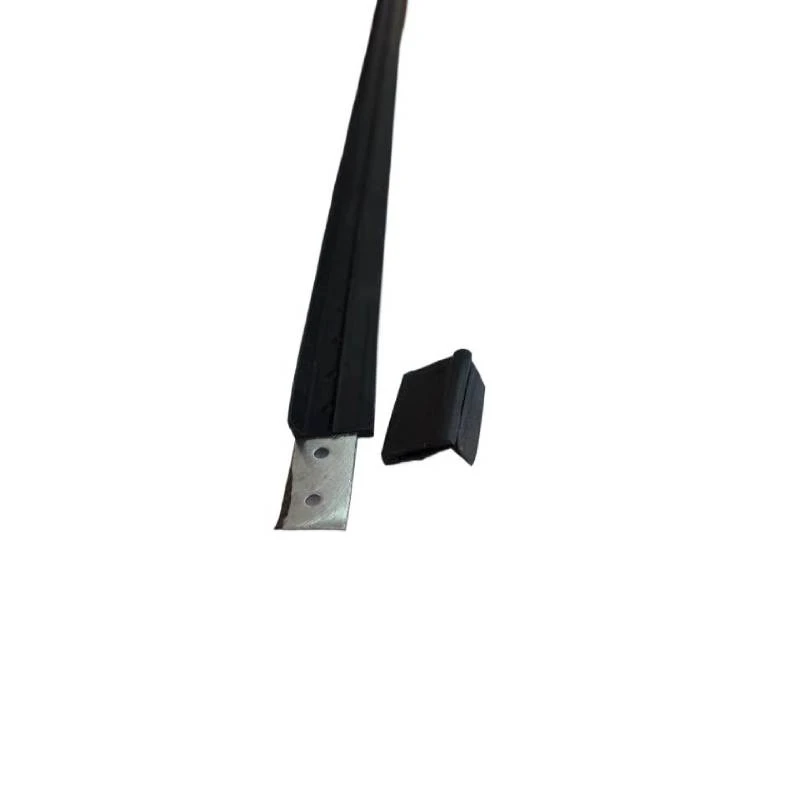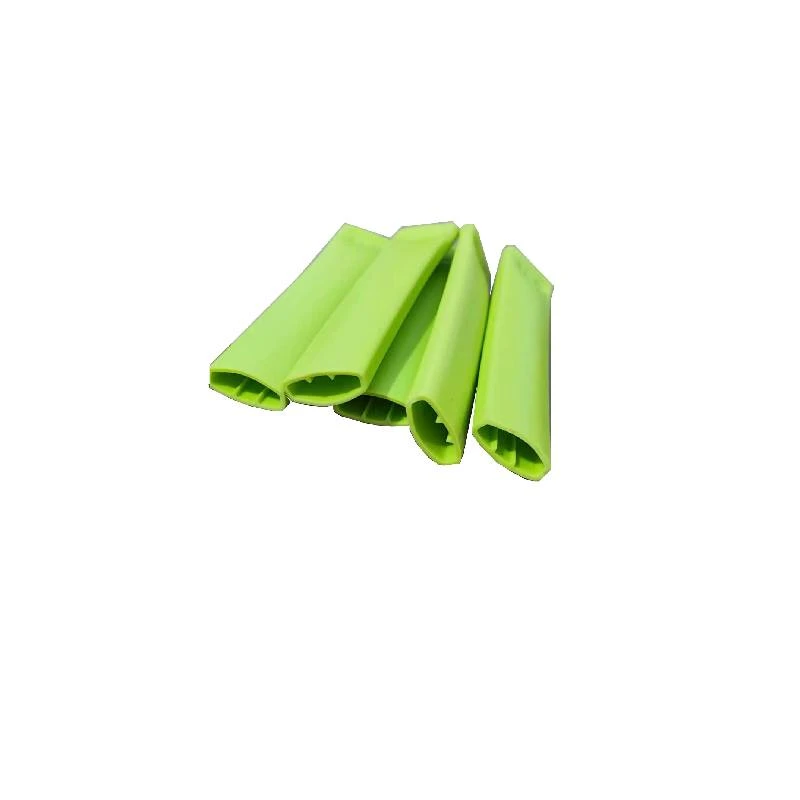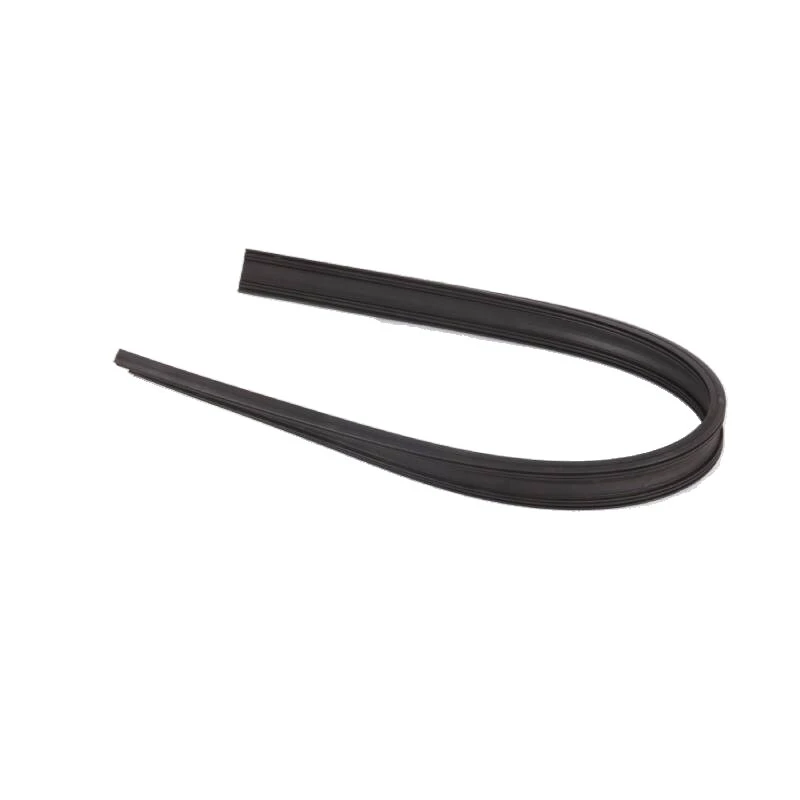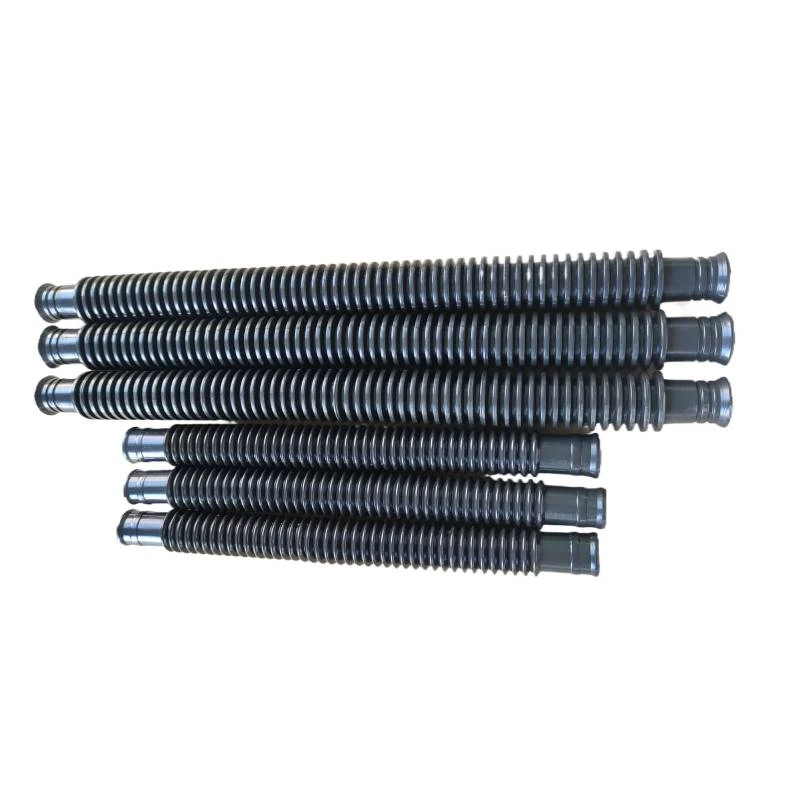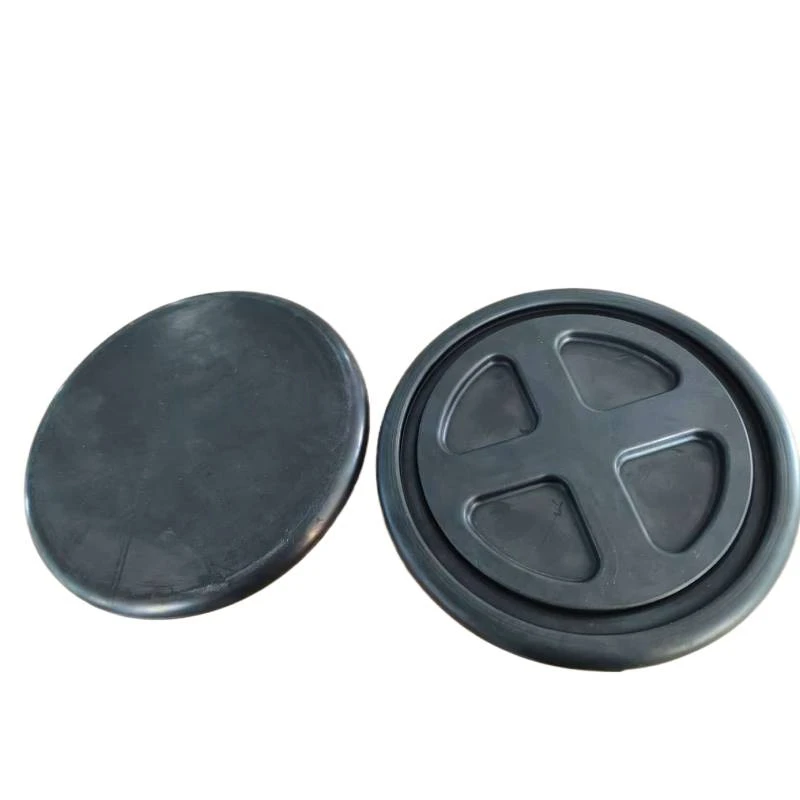
- Afrikaans
- Albanian
- Amharic
- Arabic
- Armenian
- Azerbaijani
- Basque
- Belarusian
- Bengali
- Bosnian
- Bulgarian
- Catalan
- Cebuano
- chinese_simplified
- chinese_traditional
- Corsican
- Croatian
- Czech
- Danish
- Dutch
- English
- Esperanto
- Estonian
- Finnish
- French
- Frisian
- Galician
- Georgian
- German
- Greek
- Gujarati
- haitian_creole
- hausa
- hawaiian
- Hebrew
- Hindi
- Miao
- Hungarian
- Icelandic
- igbo
- Indonesian
- irish
- Italian
- Japanese
- Javanese
- Kannada
- kazakh
- Khmer
- Rwandese
- Korean
- Kurdish
- Kyrgyz
- Lao
- Latin
- Latvian
- Lithuanian
- Luxembourgish
- Macedonian
- Malgashi
- Malay
- Malayalam
- Maltese
- Maori
- Marathi
- Mongolian
- Myanmar
- Nepali
- Norwegian
- Norwegian
- Occitan
- Pashto
- Persian
- Polish
- Portuguese
- Punjabi
- Romanian
- Russian
- Samoan
- scottish-gaelic
- Serbian
- Sesotho
- Shona
- Sindhi
- Sinhala
- Slovak
- Slovenian
- Somali
- Spanish
- Sundanese
- Swahili
- Swedish
- Tagalog
- Tajik
- Tamil
- Tatar
- Telugu
- Thai
- Turkish
- Turkmen
- Ukrainian
- Urdu
- Uighur
- Uzbek
- Vietnamese
- Welsh
- Bantu
- Yiddish
- Yoruba
- Zulu
Durable 4 Inch Rubber Pipe Plugs for Secure Sealing
Unlocking Efficiency: A Deep Dive into the 4 inch rubber pipe plug
In the intricate world of industrial fluid management, pipeline integrity and temporary isolation are paramount. Whether for maintenance, testing, or emergency repair, a reliable sealing solution is indispensable. Among the myriad of available tools, the 4 inch rubber pipe plug stands out as a critical component, offering versatile and robust performance across a vast array of applications. This comprehensive guide delves into the specifics of these essential devices, exploring their technical parameters, manufacturing excellence, diverse applications, and the strategic advantages they bring to various industries. We will also touch upon related sizes like the 3 8 inch rubber plug and 1.5 rubber plug to illustrate the breadth of our product range, which falls under our core offering of Mechanical Rubber Spare Parts.
Industry Trends and the Evolving Role of Rubber Pipe Plugs
The industrial landscape is continuously evolving, driven by demands for higher efficiency, stricter safety protocols, and increased environmental responsibility. This translates directly into the requirements for components like the 4 inch rubber pipe plug. We are observing several key trends:
- Advanced Material Science: The shift towards specialized elastomers (e.g., HNBR for extreme temperatures, Viton for aggressive chemicals) to withstand harsher operating conditions and prolong service life.
- Smart Integration: Emerging trends include pipe plugs with integrated sensors for real-time pressure monitoring, leak detection, or even robotic deployment, enhancing safety and reducing manual intervention.
- Sustainability and Reusability: A growing emphasis on durable, reusable plugs that minimize waste and contribute to more sustainable operational practices. This is particularly relevant for the 4 inch rubber pipe plug used in routine maintenance.
- Digitalization in Manufacturing: Precision manufacturing techniques like advanced molding and automation are ensuring higher consistency and tighter tolerances, crucial for reliable sealing.
- Standardization and Certification: Increased adherence to international standards (e.g., ISO, ASTM, ANSI) ensures interoperability, quality, and safety across global supply chains.
These trends underscore the need for manufacturers to not only produce components but to innovate and provide solutions that meet the complex demands of modern infrastructure and industrial processes.
Technical Parameters and Specifications: The Heart of the 4 inch rubber pipe plug
A 4 inch rubber pipe plug is not a monolithic component; its performance is dictated by a precise combination of material properties, design, and manufacturing accuracy. Understanding these parameters is crucial for selecting the right plug for a specific application. Our Mechanical Rubber Spare Parts, including the 4-inch variants, are engineered for excellence.
Key Specifications of a Typical 4 inch rubber pipe plug
| Parameter | Description | Typical Range/Value | Notes/Significance |
|---|---|---|---|
| Nominal Size | Diameter designed to seal (NPS - Nominal Pipe Size) | 4 inches (100 mm) | Fits standard 4-inch pipelines. Other common sizes include 3 8 inch rubber plug and 1.5 rubber plug for smaller applications. |
| Material Composition | Primary elastomer used for the plug body | NBR, EPDM, Natural Rubber, Silicone, Viton (FKM), SBR | Selection depends on chemical compatibility, temperature, and cost. NBR for oils/fuels, EPDM for water/weathering, Viton for aggressive chemicals/high temp. |
| Operating Pressure Rating | Maximum back pressure the plug can safely withstand | 0.5 Bar to 6 Bar (7.25 psi to 87 psi) | Critical for pipeline testing and isolation; higher ratings for more demanding applications. Tested according to industry standards. |
| Temperature Range | Operational temperature limits | -40°C to +200°C (-40°F to +392°F) | Varies significantly by material. EPDM excels in cold/hot water, Silicone in extreme heat, NBR in moderate range. |
| Chemical Resistance | Ability to resist degradation from specific chemicals | Acids, Alkalis, Hydrocarbons, Solvents | Determined by elastomer type. Consult material compatibility charts. |
| Inflation Pressure | Recommended pressure to inflate the plug for a seal | Typically 0.5 Bar to 1.5 Bar (7.25 psi to 21.75 psi) | Ensures optimal seal without over-inflation damage. |
| Bypass Port (Optional) | Allows fluid flow-through or monitoring during sealing | Yes/No, typically 1/2" to 2" NPT | Useful for bypassing flow, sampling, or inserting cameras. |
| Inflation Port | Connection point for inflation device | Standard air hose connection (e.g., Schrader valve, quick connect) | Ease of connection for quick deployment. |
| Lifespan (Estimated) | Expected duration of effective service | 5-15 years, depending on usage & conditions | Influenced by material, operating environment, and frequency of use. |
| Compliance Standards | Industry standards adhered to during manufacturing and testing | ISO 9001, ASTM D2000, ANSI/AWWA, local regulatory standards | Ensures product quality, reliability, and safety. |
Our commitment to precision engineering ensures that every 4 inch rubber pipe plug we manufacture meets or exceeds these critical specifications, providing unparalleled reliability.
Diverse Application Scenarios of the 4 inch rubber pipe plug
The versatility of the 4 inch rubber pipe plug makes it an indispensable tool across numerous industries. Its primary function is to temporarily seal, block, or bypass pipelines for various operational needs.
Common application scenarios include:
- Wastewater Management and Sewerage Systems: Used for isolating sections of sewer lines during repairs, cleaning (e.g., jetting), or rehabilitation. They prevent backflow and contamination, and are crucial for leak detection and flow diversion.
- Plumbing and Residential Maintenance: For routine plumbing repairs, drain cleaning, or hydrostatic testing in residential or commercial buildings. A smaller 1.5 rubber plug or even a 3 8 inch rubber plug would be used for internal household pipes.
- Pipeline Testing and Commissioning: Essential for hydrostatic or pneumatic pressure testing of new or repaired pipelines. The plug creates a sealed section, allowing for accurate pressure hold tests to identify leaks before system commissioning.
- Construction and Civil Engineering: To temporarily block drainage pipes during excavation, concrete pouring, or trench work, preventing water ingress or debris from entering pipe systems.
- Petrochemical and Oil & Gas Industries: For isolating sections of process pipelines during maintenance, repair, or inspection to prevent hazardous material leakage and ensure worker safety. Chemical-resistant materials like Viton are often preferred here.
- Metallurgy and Mining: Used in dewatering operations, slurry transport lines, or for isolating sections of pipes carrying abrasive materials for maintenance.
- HVAC Systems: For testing or isolating ductwork and chiller lines.
- Marine and Shipbuilding: For temporarily sealing hull penetrations or piping systems during construction or repair of vessels.
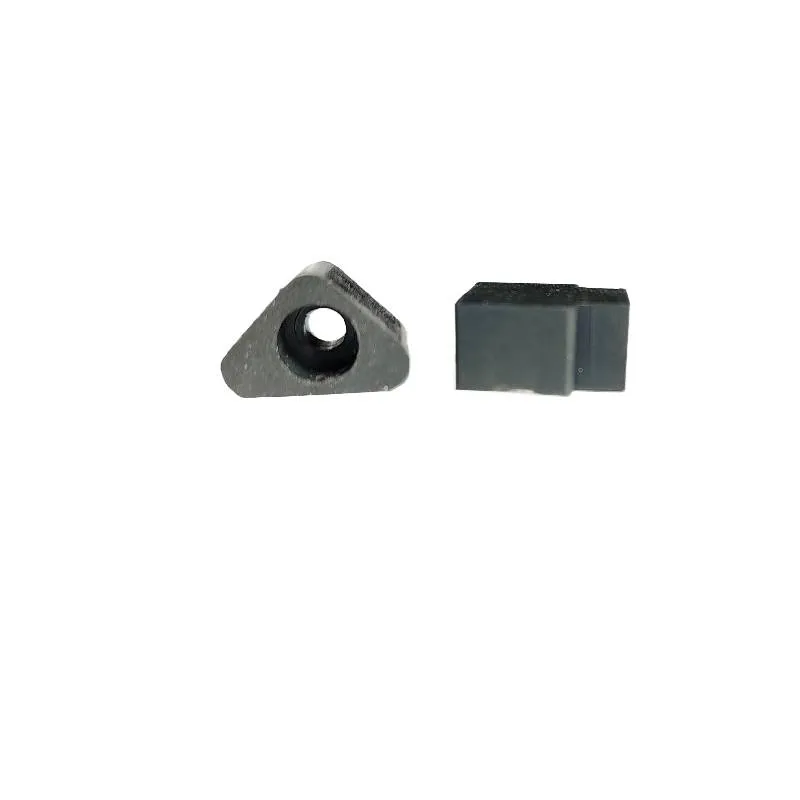
In all these scenarios, the rapid deployment and reliable sealing capability of the 4 inch rubber pipe plug significantly reduce downtime and enhance operational safety.
Technical Advantages: Why Choose a High-Quality 4 inch rubber pipe plug?
Investing in a high-quality 4 inch rubber pipe plug from a reputable manufacturer like us provides a multitude of technical advantages that directly impact operational efficiency and safety.
- Superior Sealing Integrity: Engineered with advanced elastomer compounds and precision molding, these plugs create a watertight and airtight seal, even in challenging pipeline conditions. This minimizes leakage, prevents contamination, and ensures accurate pressure testing results.
- Exceptional Chemical Resistance: By offering a range of materials like NBR, EPDM, and Viton, the plugs can withstand exposure to various aggressive chemicals, oils, fuels, and wastewater, ensuring longevity and reliability in corrosive environments.
- Broad Temperature Resilience: Designed to operate effectively across wide temperature ranges, from sub-zero conditions to high-heat industrial processes, making them suitable for diverse climatic and operational settings.
- Ease of Installation and Removal: Their inflatable design allows for quick and simple insertion and inflation, providing a secure seal without the need for complex tools or extensive labor, significantly reducing setup and teardown times.
- Durability and Reusability: Constructed from robust, abrasion-resistant rubber and often reinforced with internal fabric or steel components, these plugs are built for repeated use, offering excellent return on investment over their lifespan.
- High Pressure Withstand Capability: High-grade plugs are designed to safely contain significant back pressures, which is critical for demanding hydrostatic testing or temporary blockage applications.
- Vibration Dampening: The inherent properties of rubber allow the plug to absorb minor vibrations and movements within the pipeline, maintaining a consistent seal and reducing stress on the pipe system.
- Versatility and Adaptability: While specifically a 4 inch rubber pipe plug, the fundamental design principles extend across various sizes (e.g., 3 8 inch rubber plug, 1.5 rubber plug), offering tailored solutions for different pipe diameters and applications.
- Cost-Effectiveness: Their reliability, durability, and reusability translate into lower long-term operational costs by reducing the need for frequent replacements and minimizing expensive downtime due to leaks or failed seals.
These advantages underscore why a well-engineered 4 inch rubber pipe plug is not just a simple stopper, but a sophisticated engineering solution.
The Art and Science of Manufacturing: Producing a Superior 4 inch rubber pipe plug
The manufacturing of a high-performance 4 inch rubber pipe plug is a sophisticated process that combines material science, precision engineering, and stringent quality control. It's more than just molding rubber; it's about crafting a reliable, durable, and safe product. Here’s a detailed look at the typical process:
Detailed Manufacturing Process Flow for Inflatable Rubber Pipe Plugs
The journey begins with selecting the right virgin polymer (e.g., Natural Rubber, SBR, NBR, EPDM, Viton, Silicone) based on the plug's intended application (temperature, chemical exposure, pressure). This raw rubber is then compounded with various additives – fillers (carbon black, silica for strength), curatives (sulfur, peroxides for vulcanization), accelerators, activators, and anti-degradants. This precise "recipe" is crucial for achieving specific physical properties like hardness (Shore A durometer), tensile strength, elongation, and tear resistance. Our expertise in rubber chemistry ensures optimal compound formulation.
The chosen raw rubber and compounding ingredients are thoroughly mixed in an internal mixer (e.g., Banbury mixer) or on an open mill. This process homogenizes the mixture, dispersing all additives evenly throughout the rubber matrix. Proper mixing ensures consistent material properties and prevents defects in the final product. The material is then sheeted or pre-formed for the next stage.
For high-pressure 4 inch rubber pipe plug designs, internal fabric reinforcement (e.g., nylon, polyester cord) is often incorporated. This fabric is calendered or woven into layers, which are then integrated with the rubber material to enhance burst strength and dimensional stability under inflation. This is a critical step for ensuring the plug can withstand specified pressure ratings.
The pre-formed rubber compound is placed into precisely machined molds. For components like pipe plugs, compression molding is common, where the rubber is compressed within a heated mold cavity. Alternatively, injection molding might be used for higher volume or intricate designs. The molds themselves are typically made from hardened steel, often through precision CNC machining, to ensure exact dimensions and smooth surfaces. Heat and pressure are applied to shape the rubber.
This is the transformative stage. Under controlled heat (typically 150-200°C) and pressure within the mold, the chemical cross-linking of polymer chains occurs – known as vulcanization. This process imparts the rubber with its permanent elastic properties, increased strength, resilience, and resistance to temperature changes and chemicals. The duration and temperature of curing are meticulously controlled based on the specific rubber compound.
After molding and curing, excess rubber material (flash) around the edges of the part is removed. This can be done manually, cryogenically (freezing the flash and tumbling it off), or through precision cutting. This step ensures a clean finish and proper fit of the 4 inch rubber pipe plug.
For plugs that incorporate metallic components (e.g., inflation ports, pressure gauges, central bypass tubes, end plates), these are assembled with the cured rubber body. This often involves secure bonding, threading, or clamping to ensure a leak-proof and robust final product. Precision alignment is key here.
Every 4 inch rubber pipe plug undergoes rigorous quality checks. This includes:
- Visual Inspection: Checking for surface defects, cracks, or inconsistencies.
- Dimensional Verification: Using calipers and gauges to ensure precise dimensions as per design specifications.
- Hardness Testing: Measuring Shore A durometer to confirm the rubber's hardness matches the compound specification.
- Pressure Testing: Inflating the plug to its rated pressure (and often beyond) in a controlled environment to verify its sealing integrity and burst strength. This is a crucial safety check.
- Chemical Resistance Testing: Batch testing of material samples for compatibility with specified chemicals.
- Leak Testing: Submerging inflated plugs in water to detect any air bubbles indicating leaks.
We adhere strictly to international standards such as ISO 9001 for quality management, ASTM (American Society for Testing and Materials) for material properties, and ANSI/AWWA (American Water Works Association) for water industry applications, ensuring superior product performance and safety.
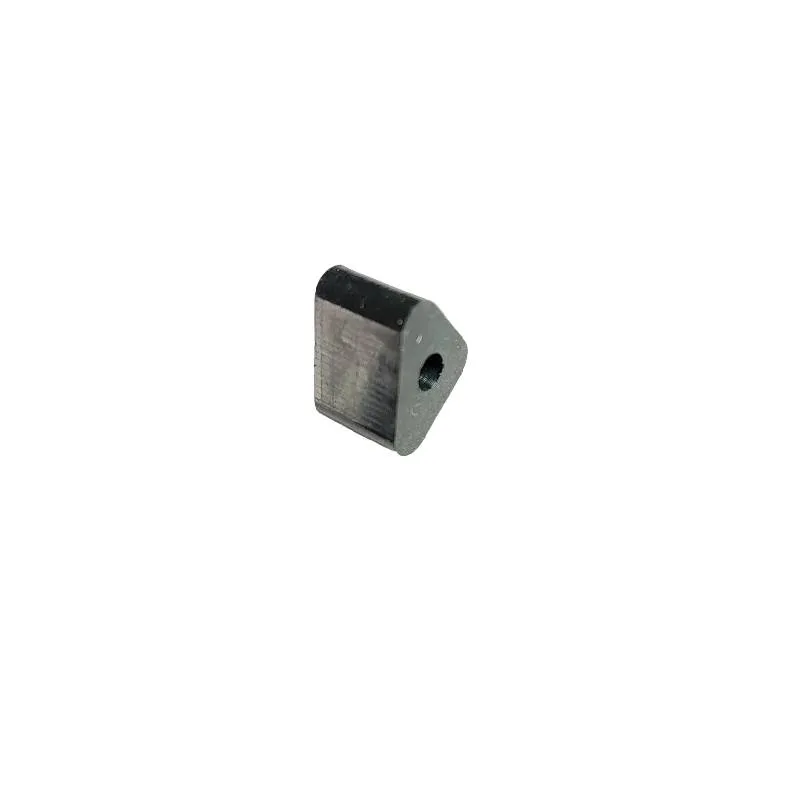
This meticulous manufacturing process, coupled with our deep expertise in rubber engineering, enables us to produce Mechanical Rubber Spare Parts that consistently deliver outstanding performance, durability, and safety across their substantial service life, often exceeding 10-15 years under proper use and storage.
Choosing the Right Partner: Manufacturer Comparison and Our Edge
In a competitive market, selecting the right manufacturer for your 4 inch rubber pipe plug and other Mechanical Rubber Spare Parts is crucial. While many suppliers exist, significant differences in quality, expertise, and service can impact your operational success. Here's a look at key comparison points and why our approach stands out:
Key Comparison Criteria:
- Material Expertise: Do manufacturers merely offer standard rubber types, or do they possess in-depth knowledge of custom compounding for specific environmental challenges (e.g., extreme temperatures, aggressive chemicals)?
- Manufacturing Precision: What is the consistency of their production? Are their molds precision-engineered? Are their processes automated for repeatable quality?
- Quality Control Protocols: What testing and inspection procedures are in place? Are they ISO certified? Do they conduct destructive and non-destructive testing on batches?
- Customization Capabilities: Can they provide tailored solutions beyond standard products, such as specific dimensions, unique material blends, or integrated features (e.g., bypass ports, pressure relief valves)?
- Industry Experience & Reputation: How long have they been in the business? What is their track record with clients in your specific industry? Do they have a portfolio of successful application cases?
- Technical Support & After-Sales Service: Do they offer expert guidance on product selection, installation, and troubleshooting? What are their warranty and support commitments?
- Compliance and Certifications: Do their products meet relevant international standards (e.g., ASTM, ANSI, ISO)? Are their facilities certified?
Our Distinctive Advantages:
As a leading manufacturer of Mechanical Rubber Spare Parts, including the versatile 4 inch rubber pipe plug, we pride ourselves on a foundation built on:
- Decades of Expertise: With over [Insert Number, e.g., 20+] years in the rubber manufacturing industry, our deep understanding of material science, engineering design, and production processes is unparalleled. We've contributed to countless critical projects, from municipal infrastructure to complex industrial facilities.
- Advanced Manufacturing Facility: Our state-of-the-art facility utilizes the latest in precision molding, curing, and automated inspection technologies. This commitment to technology ensures every product, from a small 3 8 inch rubber plug to a large industrial seal, meets the highest dimensional accuracy and performance consistency.
- Rigorous Quality Assurance: We hold ISO 9001 certification, a testament to our comprehensive quality management system. Each 4 inch rubber pipe plug undergoes multi-stage inspections, including material property verification, dimensional checks, hydrostatic pressure testing, and visual inspection, exceeding standard industry benchmarks.
- Unrivaled Customization: Our in-house R&D and engineering teams specialize in developing bespoke solutions. Whether you require a unique material blend for extreme chemical resistance, specific inflation pressure profiles, or integrated features, we can design and manufacture a plug to your exact specifications.
- Proven Track Record & Authoritative Partnerships: We have successfully served a broad spectrum of industries, including petrochemical, water utilities, construction, and mining. Our long-standing relationships with tier-one contractors and engineers underscore our reliability and authority in the field.
- Dedicated Technical Support: From initial consultation and design to post-sale support, our expert team is committed to providing comprehensive technical assistance, ensuring you derive maximum value and optimal performance from our products.
Our dedication to innovation, quality, and customer satisfaction positions us as the preferred partner for demanding applications where reliable Mechanical Rubber Spare Parts like the 4 inch rubber pipe plug are critical.
Tailored Solutions: Customization for Your Specific Needs
While standard 4 inch rubber pipe plug variants cover a wide range of applications, many industrial scenarios demand highly specialized solutions. Our strength lies in our ability to provide customized Mechanical Rubber Spare Parts that perfectly align with unique operational requirements and environmental challenges. This commitment to customization ensures optimal performance and extended service life.
Areas of Customization:
- Material Specification:
- Chemical Compatibility: For pipelines carrying aggressive acids, strong alkalis, specific hydrocarbons, or solvents, we can engineer plugs from specialized elastomers like Viton (FKM), HNBR, or Chloroprene (Neoprene) to ensure superior resistance and prevent degradation.
- Temperature Extremes: For cryogenic applications or high-temperature steam lines, silicone rubber or specialized EPDM compounds can be formulated to maintain elasticity and sealing performance across extreme thermal ranges.
- Abrasive Resistance: In mining or dredging operations, a highly abrasion-resistant Natural Rubber or SBR compound can be developed to withstand slurry and particulate erosion.
- Pressure Rating:
- High-Pressure Demands: For critical hydrostatic testing where very high back pressures are encountered, we can design plugs with enhanced fabric reinforcement layers (e.g., multiple plies of high-tensile fabric) and thicker rubber walls to safely accommodate elevated pressures.
- Low-Pressure Sealing: For sensitive systems, a plug can be designed for lower inflation pressures while maintaining an effective seal, preventing potential damage to fragile pipes.
- Size and Geometry:
- Non-Standard Diameters: Beyond the common 4 inch rubber pipe plug, 3 8 inch rubber plug, or 1.5 rubber plug, we can produce plugs for any specific pipe internal diameter, including oval, square, or other irregular shapes.
- Extended Lengths: For sealing rough or damaged pipe sections, longer plug bodies can be designed to ensure a better sealing surface.
- Integrated Features:
- Bypass Systems: Incorporating multi-size bypass ports for flow diversion, fluid sampling, or continuous monitoring during isolation.
- Inflation Systems: Custom inflation valve types (e.g., quick-connect, Schrader, specific hose barb connections) to integrate seamlessly with existing site equipment.
- Reinforcement: Custom internal reinforcement with specific fabrics or steel components for added strength or structural integrity in harsh environments.
- Safety Features: Integration of pressure relief valves to prevent over-inflation or visual indicators for inflation status.
- Environmental Adaptations:
- UV and Ozone Resistance: For outdoor or exposed applications, EPDM or specific blends with UV stabilizers can be used to prevent material degradation from sunlight and atmospheric ozone.
- Oil and Grease Resistance: NBR or HNBR are excellent choices for environments saturated with oils or greases, preventing swelling and softening.
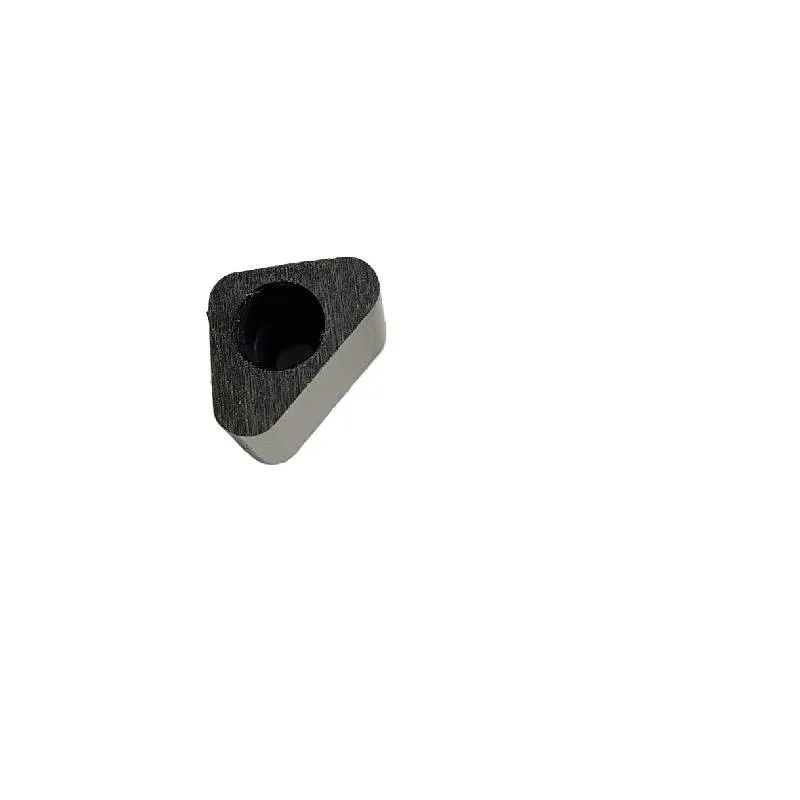
Our engineering team collaborates closely with clients, leveraging advanced CAD software and material simulation tools to design, prototype, and test customized Mechanical Rubber Spare Parts. This bespoke approach ensures that whether it's a unique 4 inch rubber pipe plug or a specialized seal, the final product delivers unparalleled performance, safety, and longevity, contributing to significant operational savings and reduced risks.
Real-World Impact: Application Cases of Our Rubber Pipe Plugs
The true measure of a product's value lies in its performance in real-world scenarios. Our Mechanical Rubber Spare Parts, particularly the 4 inch rubber pipe plug, have been instrumental in ensuring the efficiency, safety, and smooth operation of numerous projects globally. Here are a few representative case studies showcasing their effectiveness:
Case Study 1: Municipal Wastewater System Upgrade
- Challenge: A major municipal wastewater treatment plant needed to upgrade sections of its aging sewer network. This involved isolating specific 4-inch diameter lines for repair, relining, and manhole connection work without disrupting the entire system or causing environmental spills. Traditional methods were slow and inefficient.
- Solution: We provided specialized 4 inch rubber pipe plug units made from EPDM, known for its excellent resistance to wastewater and harsh chemicals. These plugs were equipped with integrated bypass ports, allowing for controlled flow diversion during the isolation and repair process.
- Outcome: The rapid inflation and secure sealing of our plugs significantly reduced isolation time. The bypass feature enabled continuous, controlled flow, preventing overflows and environmental incidents. Project timelines were met ahead of schedule, with an estimated 30% reduction in labor costs due to the plugs' ease of use. Our client reported "flawless performance and enhanced safety throughout the project."
Case Study 2: Petrochemical Plant Maintenance Shutdown
- Challenge: During a critical maintenance shutdown at a petrochemical facility, several 4-inch process lines carrying hydrocarbons and various corrosive chemicals needed temporary isolation for valve replacement and inspection. Safety was paramount, and any leakage could lead to severe hazards.
- Solution: We custom-engineered 4 inch rubber pipe plug units using Viton (FKM) rubber, specifically chosen for its superior chemical resistance to a broad spectrum of petrochemicals and high-temperature resilience. Each plug was individually pressure tested beyond the required operational pressure.
- Outcome: The Viton plugs provided an absolutely leak-proof seal, ensuring maximum safety for maintenance crews working downstream. The plugs withstood the aggressive chemical environment without degradation, allowing for efficient and secure isolation. This contributed to a smooth and timely shutdown, minimizing costly production losses. The client specifically highlighted the "uncompromising reliability" of our products.
Case Study 3: New Building Construction - Drainage System Testing
- Challenge: A large commercial building project required rigorous hydrostatic testing of its newly installed 4-inch drainage and stormwater systems before final approval and handover. Ensuring a perfect seal for testing was critical to demonstrate compliance with building codes and prevent future issues.
- Solution: Our standard 4 inch rubber pipe plug, made from robust Natural Rubber for excellent mechanical properties and sealing capability, was deployed. These plugs were easy to inflate and remove, making the testing process efficient.
- Outcome: The plugs consistently provided reliable seals, enabling accurate pressure testing across hundreds of pipe sections. This facilitated quick identification and rectification of any minor leaks, ensuring the drainage system met all regulatory standards. The ease of deployment and reusability of the plugs also led to significant time and cost savings for the contractor.
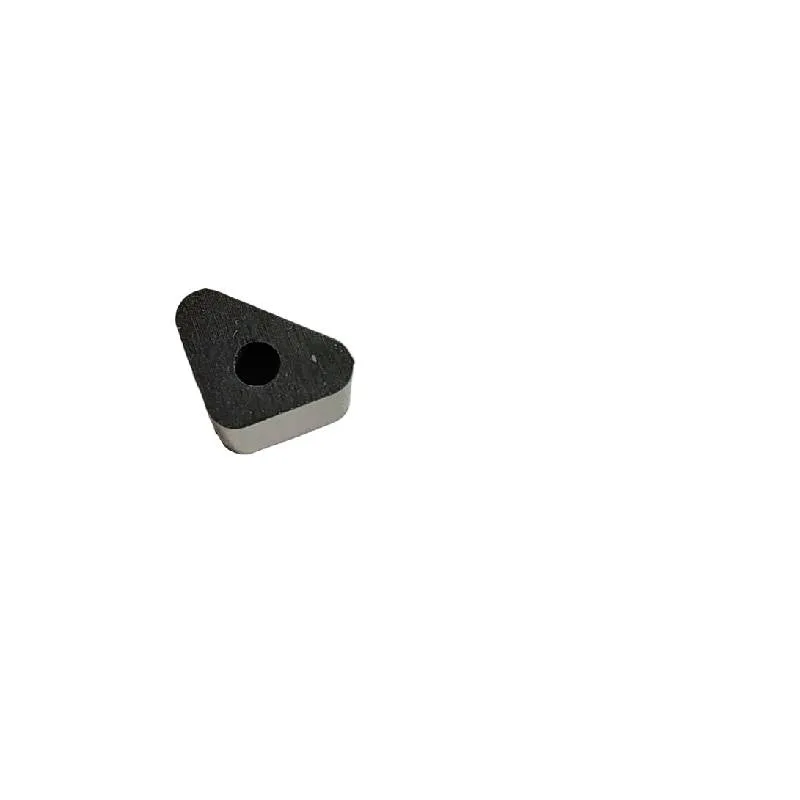
These case studies exemplify our capability to deliver high-performance Mechanical Rubber Spare Parts that meet the stringent demands of diverse industrial applications. Our clients consistently praise the durability, reliability, and ease of use of our 4 inch rubber pipe plug solutions.
Frequently Asked Questions (FAQ) about 4 inch rubber pipe plug
A1: The primary function of a 4 inch rubber pipe plug is to temporarily seal, block, or bypass a 4-inch diameter pipeline. This is crucial for applications such as hydrostatic testing to detect leaks, isolating sections for repair or maintenance, preventing backflow during sewerage work, or diverting flow in drainage systems. Its inflatable design allows for a tight, reliable seal against the inner pipe wall.
A2: Common materials include Natural Rubber, SBR (Styrene-Butadiene Rubber), NBR (Nitrile Butadiene Rubber), EPDM (Ethylene Propylene Diene Monomer), Silicone, and Viton (FKM). The choice depends on the application's specific requirements: NBR is excellent for oil and fuel resistance; EPDM is preferred for water, steam, and outdoor weather resistance; Viton offers superior chemical and high-temperature resistance; Silicone for extreme temperature ranges; and Natural Rubber/SBR for general-purpose applications requiring good mechanical strength and elasticity. Our Mechanical Rubber Spare Parts are available in these and other specialized compounds.
A3: The pressure rating for a 4 inch rubber pipe plug varies significantly based on its design, material, and reinforcement. Standard plugs might handle 0.5 Bar to 2 Bar (7.25-29 psi) back pressure, while heavy-duty, reinforced plugs can withstand up to 6 Bar (87 psi) or even higher for specialized applications. It's critical to match the plug's pressure rating with the maximum expected back pressure in the pipeline to ensure safety and prevent failure.
A4: To select the right plug, you need to consider: 1) The exact internal diameter of the pipe. While a 4 inch rubber pipe plug is for a nominal 4-inch pipe, actual internal diameters can vary. 2) The maximum back pressure the plug needs to hold. 3) The operating temperature range. 4) The chemicals or substances that will come into contact with the plug. 5) Whether a bypass port is required for flow management. Our technical team can assist in selecting the optimal Mechanical Rubber Spare Parts for your specific needs, including smaller sizes like 3 8 inch rubber plug or 1.5 rubber plug.
A5: Key inspection standards include: ISO 9001 (for quality management systems in manufacturing); ASTM D2000 (specifies standard classifications for rubber products); and often industry-specific standards like ANSI/AWWA C504 for rubber-seated butterfly valves (related to rubber quality) or general testing methods for inflation pressure and burst strength. Manufacturers also perform in-house tests for dimensional accuracy, hardness, tensile strength, elongation, and leak integrity to ensure product reliability.
A6: Yes, high-quality 4 inch rubber pipe plug units are designed for multiple uses, making them a cost-effective solution. Their typical lifespan can range from 5 to 15 years or more, depending on the material, frequency of use, operating conditions (pressure, temperature, chemical exposure), and proper storage and maintenance. Regular inspection for wear, cracks, or damage is crucial before each reuse to ensure safety and performance.
A7: Proper maintenance extends the life of a rubber pipe plug. After each use, plugs should be thoroughly cleaned of any residue, inspected for cuts, punctures, or excessive wear. They should be deflated and stored in a cool, dry place away from direct sunlight, ozone sources (e.g., electric motors), and sharp objects. Avoiding over-inflation and using appropriate inflation equipment are also key to preventing premature wear and damage. Refer to the manufacturer's specific guidelines for your Mechanical Rubber Spare Parts.
Delivery Cycle, Quality Assurance, and Customer Support
At our core, we believe that providing high-quality Mechanical Rubber Spare Parts, including the reliable 4 inch rubber pipe plug, extends beyond manufacturing. It encompasses a streamlined delivery process, unwavering quality assurance, and comprehensive customer support, fostering long-term trust and partnership.
Efficient Delivery Cycle:
We understand that timely delivery is critical for project success and minimizing downtime. Our typical delivery cycles are:
- Standard Products: For in-stock standard 4 inch rubber pipe plug or other common sizes like 3 8 inch rubber plug and 1.5 rubber plug, dispatch usually occurs within 3-5 business days. Transit times vary based on location and shipping method.
- Batch Orders: For larger volume standard orders, the lead time is typically 2-4 weeks, allowing for efficient production scheduling and quality checks.
- Customized Solutions: For bespoke Mechanical Rubber Spare Parts or highly specialized 4 inch rubber pipe plug designs, the process involves design, prototyping, testing, and production. This usually takes 4-8 weeks, depending on complexity, but we work closely with clients to meet project deadlines.
We utilize robust logistics networks to ensure reliable and efficient worldwide shipping, providing tracking and updates throughout the process.
Unwavering Quality Assurance:
Our commitment to quality is embedded in every stage of our operations. We adhere to stringent quality control protocols that meet and exceed international standards. Every 4 inch rubber pipe plug and component undergoes a multi-point inspection system:
- Material Incoming Inspection: Raw materials are rigorously checked against specifications.
- In-Process Quality Control: Continuous monitoring during mixing, molding, and curing.
- Post-Production Testing: Comprehensive tests including dimensional accuracy, hardness, visual inspection, and hydrostatic pressure testing to verify sealing integrity and burst strength. We simulate real-world conditions to ensure reliability.
- Certifications: Our manufacturing facility is ISO 9001 certified, guaranteeing a consistent and high standard of production. We provide material certifications and test reports upon request.
Comprehensive Warranty and Customer Support:
We stand behind the quality and performance of our Mechanical Rubber Spare Parts. We offer a standard 1-year warranty against manufacturing defects from the date of purchase. This warranty covers material and workmanship under normal use and service. Our aim is to ensure your complete satisfaction and provide peace of mind.
Our dedicated customer support team is available to assist you with:
- Product selection guidance and technical specifications.
- Installation best practices and troubleshooting.
- Customization inquiries and project-specific solutions.
- After-sales support and warranty claims.
We believe in building long-term relationships with our clients by offering exceptional products and unparalleled support. Your operational continuity and safety are our top priorities.
Conclusion: The Indispensable Role of a Reliable 4 inch rubber pipe plug
In summation, the 4 inch rubber pipe plug is far more than a simple sealing device; it is a critical engineering component vital for the safe, efficient, and cost-effective management of pipelines across an expansive range of industries. From municipal wastewater systems and critical petrochemical operations to demanding construction sites and mining facilities, its ability to provide reliable, temporary isolation is invaluable. The technical advantages stemming from superior material selection, precision manufacturing processes, and rigorous quality control protocols underscore its indispensable role.
As the industrial landscape continues to evolve, driven by demands for greater sustainability, advanced automation, and uncompromising safety, the importance of high-quality Mechanical Rubber Spare Parts like the 4 inch rubber pipe plug will only grow. Our commitment to expertise, experience, authoritativeness, and trustworthiness ensures that we not only meet but exceed these evolving demands. By offering bespoke customization, adhering to the highest international standards, and providing exceptional customer support, we empower our clients to achieve operational excellence and mitigate risks in their most challenging environments.
Choosing the right partner for your rubber pipe plugs means investing in peace of mind, operational efficiency, and long-term reliability. We stand ready to be that partner, delivering innovative solutions that power progress.
Industry References & Further Reading:
For more in-depth technical information and industry insights regarding rubber materials and pipeline integrity, we recommend consulting the following authoritative sources:
- Rubber Manufacturers Association (RMA): Provides comprehensive guidelines and standards for rubber product manufacturing and testing. https://www.rma.org/
- ASTM International: A globally recognized leader in the development and delivery of international voluntary consensus standards, including those for rubber and plastics. https://www.astm.org/
- American Water Works Association (AWWA): Offers standards and best practices for water utility professionals, including pipeline testing and maintenance. https://www.awwa.org/
- "Rubber Engineering: A Practical Guide for Engineers" by Robert F. Ohm: A widely respected academic text providing deep insights into rubber compounding, processing, and application.
- "Pipeline Pigging and Integrity Technology" (4th Edition) by J.N.H. Tiratsoo: A key industry reference for pipeline maintenance, inspection, and related tools like plugs.
-
Understanding PVC Pipe Fittings, Custom Plastic PartsNewsAug.04,2025
-
The Essential Guide to High-Quality Metal Building Components for Modern ConstructionNewsAug.04,2025
-
Precision OEM Metal Parts: The Definitive Guide to Sourcing ComponentsNewsAug.04,2025
-
Next-Generation HDPE Pipes and Fittings: Engineered for Maximum ResilienceNewsAug.04,2025
-
The Essential Guide to Rubber Strips, Bungs for Industrial and Home UseNewsAug.04,2025
-
Engineered Rubber Components: A Comprehensive GuideNewsAug.04,2025
-
Types of PVC Pipe Fittings for Water Supply Elbows Tees and CrossesNewsJul.18,2025



